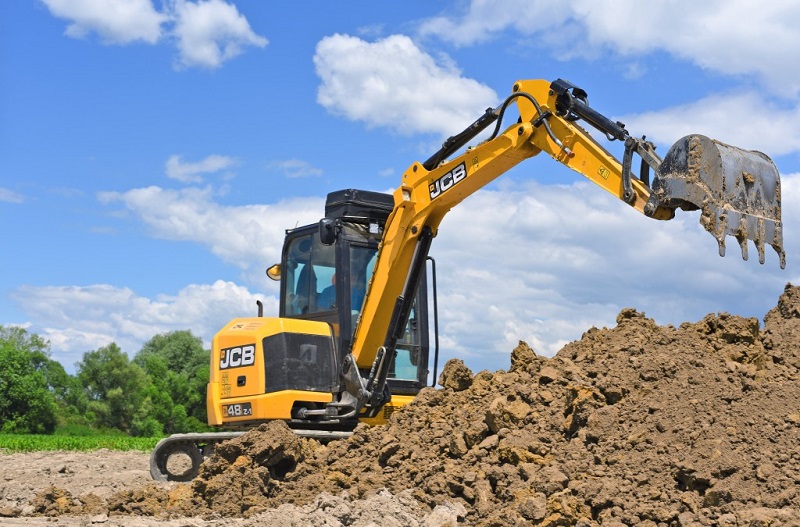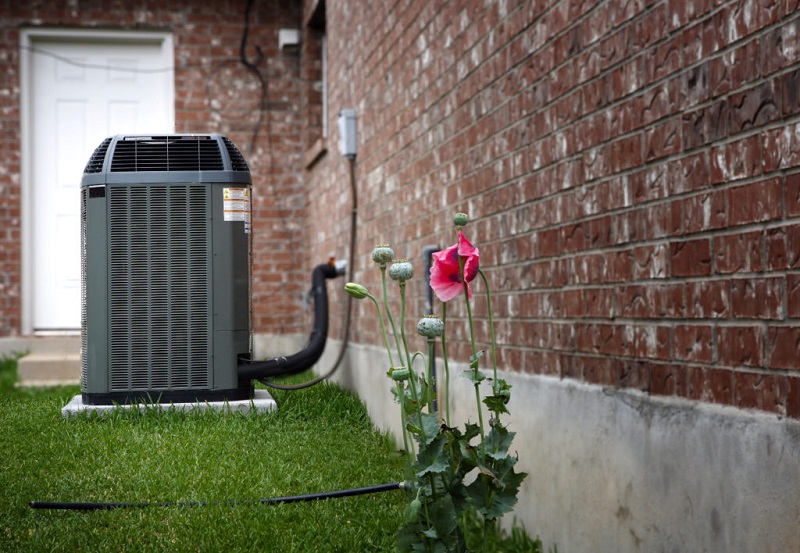Best Practices in Sustainable Home Renovation Projects

As a home renovation contractor, you significantly impact the environment. During the design and construction phases of a home renovation project, the choices you make can add to or reduce the home’s energy and your carbon footprint. It is your responsibility to implement only sustainable practices. Doing this consistently will seal your reputation as a sustainable contractor, earn you more projects from homeowners believing in sustainability, and increase your revenue.
Here are some of the best practices in sustainable home renovation that you can uphold.
Reuse Soil from Excavations
When you need soil to fill in a low spot or backfill around a foundation, use soil excavated from other parts of the property instead of bringing in new fill. This will reduce the amount of truck traffic and save on tipping fees. It’s also good for the environment because it reduces the demand for virgin resources.
If you cannot excavate from other parts of the property, seek other construction projects doing excavations. Strike a deal with them to take their excavated soil, so they do not have to spend for disposal.
You will pick up the soil with your own heavy-duty haul trucks. You can also use the same trucks when you do excavation on a project. Instead of bringing the soil to a landfill, take it to another construction site that needs soil fill.
Establishing a network of construction contractors committed to sustainable practices. That will enable you to always have a source or a project to bring the soil to.
Use Recycled-Content Building Materials
There are many building materials made with recycled content, such as steel beams made from recycled cars, drywall made with recycled paper, and carpeting made of recycled soda bottles.
As a sustainable contractor, you should actively seek out and use these types of materials in your projects rather than their traditional counterparts. Not only are you reducing the demand for virgin resources, but you are also keeping waste out of landfills.
Plus, using recycled-content materials helps you earn LEED points, which can lead to a higher profit margin on the project.
What are LEED Points?
Leadership in Energy and Environmental Design (LEED) is a green building certification program that recognizes best-in-class building strategies and practices. To earn LEED points, contractors must use sustainable materials, such as those made with recycled content, and implement other green building practices.
The more LEED points a project earns, the higher the certification level it achieves. The highest possible certification is Platinum, followed by Gold, Silver, and Certified.
Achieving a higher LEED certification requires more sustainable building practices and materials, which can increase the project’s cost. However, the extra cost is often offset by government incentives and the increased value of the property. In fact, LEED-certified buildings often sell for a premium and command higher rents.
So, not only is using recycled-content building materials good for the environment, but it can also lead to increased profits.
Doing your research on recycled-content building materials will help you find affordable and sustainable options for your projects.

Use Energy-Efficient Appliances and Fixtures
Appliances and fixtures are a necessary part of any home renovation. But did you know that you can save money and energy for your client by using energy-efficient appliances and fixtures? Energy-efficient appliances and fixtures use less water and electricity, which saves your client money on utility bills. Clients will surely appreciate this.
Energy-efficient appliances function the same way as regular appliances but consume less electricity. Although homeowners will have to spend a lot of money upfront, they will save money in the long run. Most appliances and fixtures are easy to install alone, but it is still better to seek help. Professionals use various tools, such as center drills, to properly install the appliance in your home.
Doing this also helps to reduce your carbon footprint as a home renovation contractor. So, when selecting appliances and fixtures for a home renovation project, be sure to choose the most energy-efficient models. You can find these by looking for the ENERGY STAR label.
Install Low-Flow Toilets
Low-flow toilets are a very important part of sustainable home renovations. These toilets use less water than traditional toilets, which conserves water and saves your clients money on their water bills.
Installing low-flow toilets is a very easy way to make a sustainable home renovation. Plus, your clients will be happy with the money they will be saving on their utility bills.
Use Green Cleaning Products
Cleaning products are often overlooked when it comes to sustainability. But the truth is that cleaning products can have a big impact on the environment.
That’s why, as a sustainable contractor, you should use green cleaning products. These are cleaning products that are made with natural ingredients and are safe for the environment.
Not only are you doing your part to protect the environment, but you are also providing a healthier home for your clients.
Save the Earth and Boost Your Home Renovation Business
As a sustainable contractor, you have a responsibility to protect the environment. But being sustainable doesn’t mean sacrificing quality or profits.
In fact, by following the tips above, you can actually increase your profits while also doing your part to save the planet. So, what are you waiting for? Get started today and make your home renovation business more sustainable.